Tokyo Olympics (Page 5)
The three new designs give us a sneak peek at what McDonald’s has in store for the Tokyo Olympic Games.
Tokyo’s historic drinking district is sitting on prime real estate, and that’s got people thinking…
Mitsubishi says it’s coming close to perfecting the kind of floating “hologram” images seen in sci-fi films—and it hopes to introduce the “Aerial Display” technology in time for the 2020 Tokyo Olympics.
Despite Japan’s relative safety, abundance of delicious food, fascinating culture, and friendly people, the country still lags behind as a tourist destination for foreign travellers. So the upcoming 2020 Tokyo Olympic Games are the perfect opportunity for Japan to show off its famed omotenashi hospitality to the droves of foreign visitors who’ll be pouring into Tokyo to spectate.
As foreigners who’ve been living in Japan for a while, we think we might have some pretty good ideas about certain things Japan could do in order to make things a little easier on this influx of foreign guests…
As you probably know, there was a bit of a problem with the first official Tokyo Olympics logo and accusations of plagiarism, resulting in the initial design being scuttled. The committee is now on the hunt for a new, original design, and, though the final submission guidelines haven’t been settled yet, it looks like they’ll be calling on the public to submit their ideas. In fact, it seems that the committee will remove pretty much all restrictions, allowing even children to submit.
Get your pencils and markers ready, because there’s a possibility that even you might get the chance to design the Tokyo Olympics logo!
There hasn’t been a lot of love for the 2020 Tokyo Olympics’ logo, which was officially unveiled by the event’s Organising Committee at the tail-end of July. Almost immediately after getting their first eyeful of it, many in Japan called it unappealing and confusing, and just a few days later some were calling it plagiarized.
In other words, not too many people were looking forward to seeing the emblem plastered all over the city during the Games, as well as the years leading up to them. The good news for the logo’s detractors is that they probably won’t have to, as the organizers of the Tokyo Olympics seem ready to officially withdraw the design for their promotion.
It’s been a rocky debut for the 2020 Tokyo Olympics official logo. First, it elicited mixed reactions as to whether its somewhat obtuse aesthetics really conveyed the noble sentiments it was aiming for. Then came the allegations that the logo was plagiarized from the emblem of a Belgian theater.
But let’s set aside the issue of whether or not the design is a copy or not and ask another artistic question: Is the Tokyo Olympics logo actually an adorably stylized bird?
Last Friday the logo was revealed for Tokyo’s 2020 Olympic and Paralympic Games. It was received with mixed reviews, with many of the opinion that the aesthetic thought that went into the logo wasn’t quite as deep as the message behind it.
As if there wasn’t already enough debate about the execution of the logo design itself, now there are rumors that the design could possibly be a plagiarization of the work of French designer Oliver Debie.
Back before Tokyo was selected as the host of the 2020 Olympics and Paralympics, the organizing committee started putting up posters around the capital touting its status as a candidate city. The logo was a circle of cherry blossoms using four of the five colors of the Olympic rings (with purple substituting for black).
You could say it was a clichéd choice, but on the other hand, it’d be hard to come up with a symbol more instantly associated with Japan than the sakura. Mt. Fuji, maybe, but it isn’t in Tokyo, and a piece of sushi would look more like a promotion for a restaurant than a sporting competition.
But perhaps because the cherry blossoms bloom in spring and Tokyo is hosting the Summer Games, the sakura ring isn’t going to be used for the actual 2020 Olympics and Paralympics themselves. Instead, Japan’s Olympic Committee recently came up with two new logos. In the eyes of some people in Japan, however, even though the designs embody a deep message, they’re lacking in aesthetic sense.
I’ve got nothing but love for Tokyo, and I’ve spent a good chunk of my adult life working and playing in Japan’s city of cities. Still, I remember having mixed emotions when it was announced as the site of the 2020 Olympics.
Like everyone at RocketNews24, I truly believe Japan is an awesome place, and I’m happy whenever something happens that gets people to take a peek at what’s going on here. But I was worried that in the run-up to the 2020 Olympics, Japan would embark on a glut of overly extravagant construction projects, building needlessly expensive stadiums that would fall into disuse or disrepair soon after the Games ended, as has happened in so many other host cities.
That certainly seemed to be what was happening with Tokyo’s New National Stadium. Every few months came a new report that cost estimates had been revised up yet again, and the expected price tag recently soared to 252 billion yen (US$2.02 billion). Finally, though, the Tokyo Olympics organizers have said enough is enough, and they’ve decided to toss out the existing design completely and start over from scratch.
As much as I sometimes wish I were young again, there’s no denying the fact that youth has its drawbacks. For example, just think of all the things someone under the age of 15 can’t do in Japan: they can’t enjoy a glass of elephant poop beer, vote for some naked, sword wielding guy standing in municipal elections, go to an Edo period erotic art show, or buy a carton of Marlboro and exquisite steak curry at the same place.
And if the muckety mucks in the Japan Basketball Association have their way, anyone under 15 may soon be prohibited from playing zone defense. However, the JBA would like to remind youths that it’s for their own good, and hurts the association more than it does them.
As Japan continues to bake in soaring temperatures, Tokyo 2020 Olympic and government officials have begun discussing measures to avert heatstroke cases during the Olympics which will run for two weeks from July 25, 2020.
When you think of an onsen, what springs to mind? Tranquil steaming pools surrounded by misty mountains and bamboo groves? This is probably the the ideal image of a hot springs getaway, but there are actually over 200 onsen facilities to be found amidst the high-rise office blocks and busy roads of central Tokyo. And there’s soon to be one more to enjoy in Otemachi, right in the heart of Tokyo’s business district.
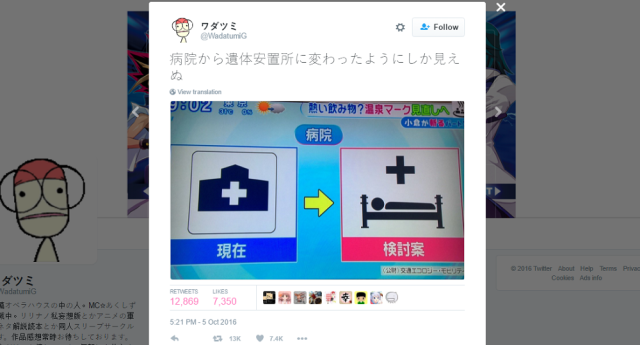
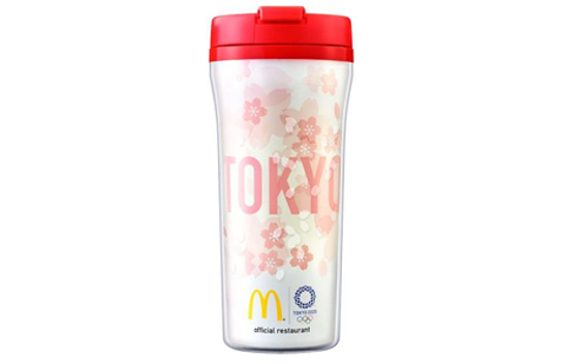
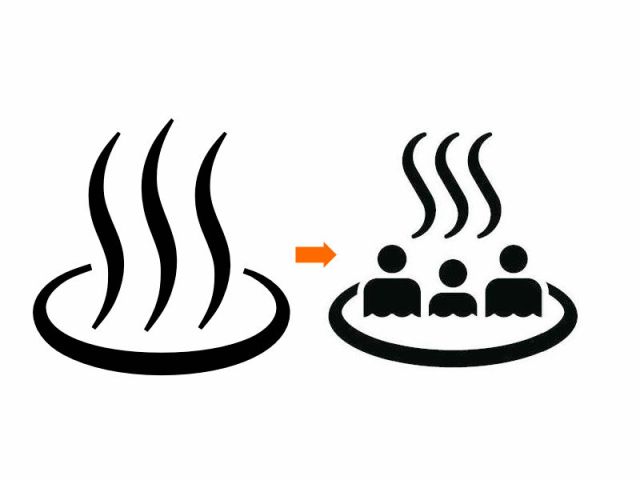
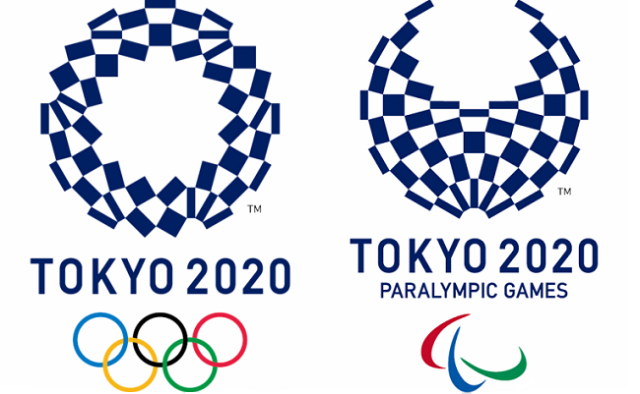
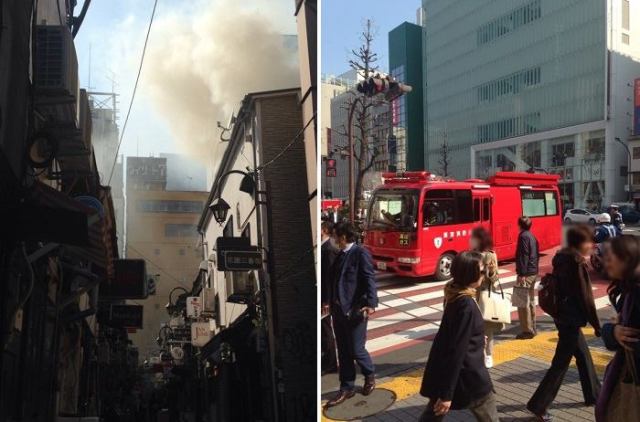
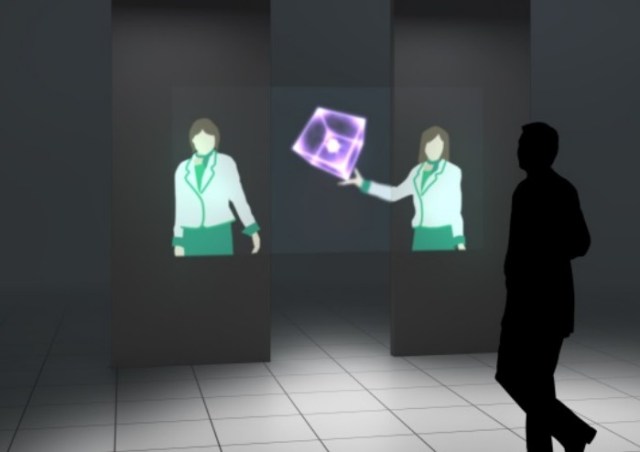
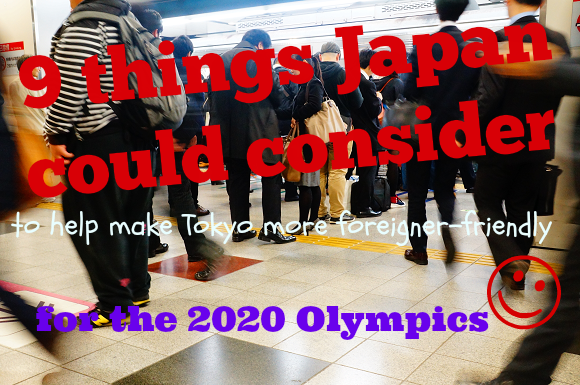

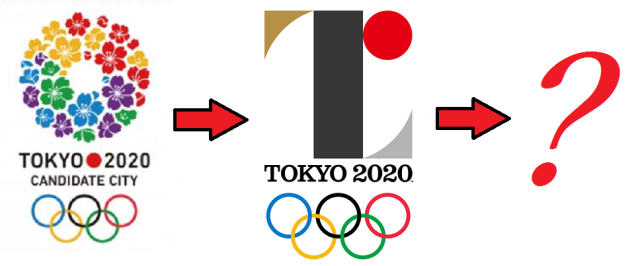
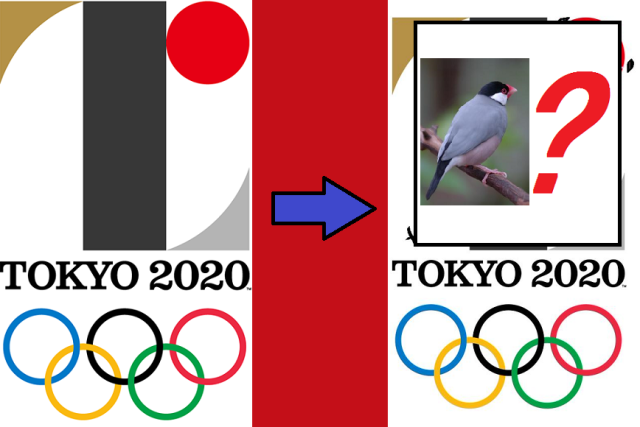
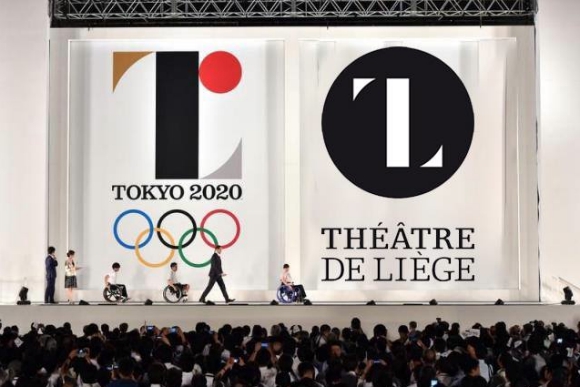
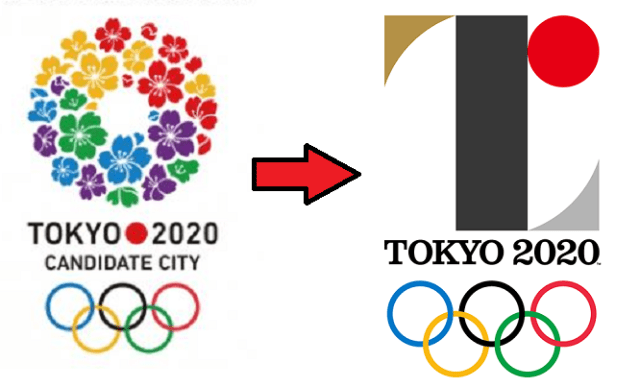
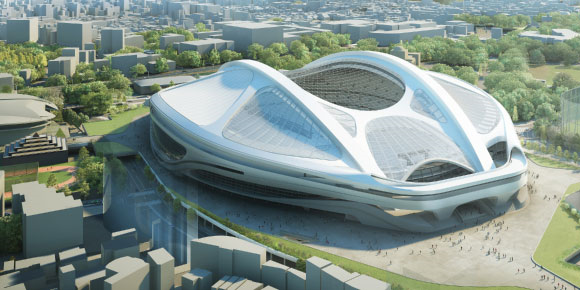
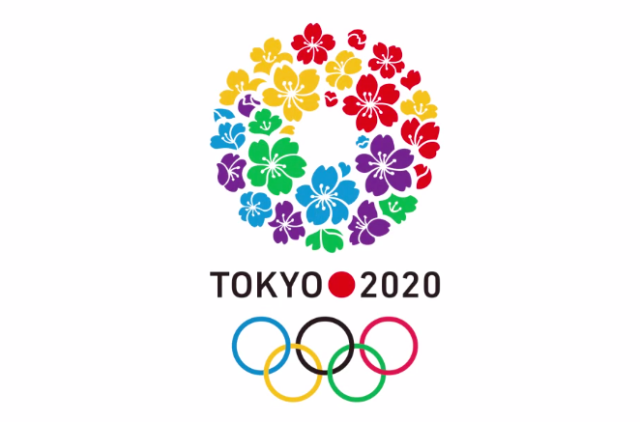
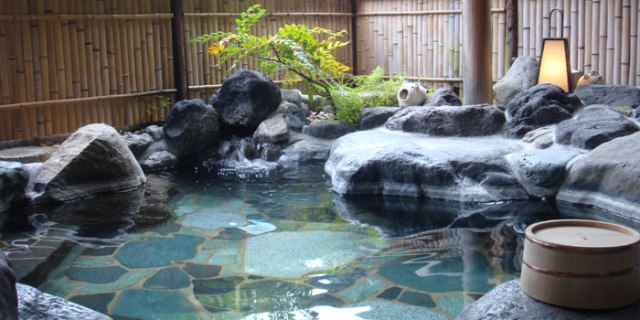
 Viral 3D ice creams land in Japan… but are they worth the hype?
Viral 3D ice creams land in Japan… but are they worth the hype? China’s don’t-go-to-Japan warning seems to be affecting Osaka’s Namba and Dotonbori neighborhoods
China’s don’t-go-to-Japan warning seems to be affecting Osaka’s Namba and Dotonbori neighborhoods Popular Japanese ramen restaurant Ichiran’s lucky bags are great value for money
Popular Japanese ramen restaurant Ichiran’s lucky bags are great value for money Is China’s don’t-go-to-Japan warning affecting tourist crowds in Shibuya’s Don Quijote?
Is China’s don’t-go-to-Japan warning affecting tourist crowds in Shibuya’s Don Quijote? Cakes that bring a giant Totoro-sized smile to any Studio Ghibli fan’s face【Photos】
Cakes that bring a giant Totoro-sized smile to any Studio Ghibli fan’s face【Photos】 Burger King Japan’s newest all-you-can-eat burger deal is its smelliest yet
Burger King Japan’s newest all-you-can-eat burger deal is its smelliest yet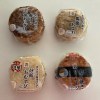 Should you warm up your convenience store onigiri rice balls in the microwave?【Taste test】
Should you warm up your convenience store onigiri rice balls in the microwave?【Taste test】 Design-your-own-Pokémon-T-shirt service launches at Uniqlo, dozens of species to work with【Pics】
Design-your-own-Pokémon-T-shirt service launches at Uniqlo, dozens of species to work with【Pics】 Japanese company selling bear-proof automatic doors
Japanese company selling bear-proof automatic doors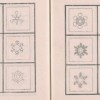 Beautiful, intricate drawings of snowflakes from Edo-era Japan
Beautiful, intricate drawings of snowflakes from Edo-era Japan Japan’s human washing machines will go on sale to general public, demos to be held in Tokyo
Japan’s human washing machines will go on sale to general public, demos to be held in Tokyo Nintendo’s Kirby now delivering orders at Kura Sushi restaurants, but not in Japan
Nintendo’s Kirby now delivering orders at Kura Sushi restaurants, but not in Japan Japan considering raising international traveler departure tax even more than previously reported
Japan considering raising international traveler departure tax even more than previously reported Is China’s don’t-go-to-Japan warning affecting tourist crowd sizes in Nara?
Is China’s don’t-go-to-Japan warning affecting tourist crowd sizes in Nara? Studio Ghibli stamps lift your spirits with motivational phrases from Totoro
Studio Ghibli stamps lift your spirits with motivational phrases from Totoro Japanese town suing resident for being a jerk
Japanese town suing resident for being a jerk Is Kyoto less crowded with tourists after China’s don’t-go-to-Japan warning?【Photos】
Is Kyoto less crowded with tourists after China’s don’t-go-to-Japan warning?【Photos】 You can now buy a Japanese train station clock in Japan
You can now buy a Japanese train station clock in Japan Japanese police attempting to clamp down on “zombie cigarettes”
Japanese police attempting to clamp down on “zombie cigarettes” Starbucks Japan unveils new Christmas goods and a rhinestone tumbler that costs 19,500 yen
Starbucks Japan unveils new Christmas goods and a rhinestone tumbler that costs 19,500 yen Real-world Nausicaa Ghibli anime glider completes its final flight in Japan【Video】
Real-world Nausicaa Ghibli anime glider completes its final flight in Japan【Video】 Brand-new Pokémon park opens in Japan with larger-than-life-size Lapras【Photos】
Brand-new Pokémon park opens in Japan with larger-than-life-size Lapras【Photos】 Japanese train company is letting fans buy its actual ticket gates for their homes
Japanese train company is letting fans buy its actual ticket gates for their homes Is China’s don’t-go-to-Japan warning affecting tourist crowds in Tokyo’s Asakusa neighborhood?
Is China’s don’t-go-to-Japan warning affecting tourist crowds in Tokyo’s Asakusa neighborhood? The 10 best day trips from downtown Tokyo【Survey】
The 10 best day trips from downtown Tokyo【Survey】 Naturally brown-haired Osaka student sues government for forcing her to dye her hair black
Naturally brown-haired Osaka student sues government for forcing her to dye her hair black Japanese government considering tripling departure taxes to combat overtourism
Japanese government considering tripling departure taxes to combat overtourism Unique inclined elevator in Japan leads to a town that inspired Studio Ghibli’s Spirited Away
Unique inclined elevator in Japan leads to a town that inspired Studio Ghibli’s Spirited Away Survey asks foreign tourists what bothered them in Japan, more than half gave same answer
Survey asks foreign tourists what bothered them in Japan, more than half gave same answer Japan’s deadliest food claims more victims, but why do people keep eating it for New Year’s?
Japan’s deadliest food claims more victims, but why do people keep eating it for New Year’s? We deeply regret going into this tunnel on our walk in the mountains of Japan
We deeply regret going into this tunnel on our walk in the mountains of Japan Studio Ghibli releases Kodama forest spirits from Princess Mononoke to light up your home
Studio Ghibli releases Kodama forest spirits from Princess Mononoke to light up your home Major Japanese hotel chain says reservations via overseas booking sites may not be valid
Major Japanese hotel chain says reservations via overseas booking sites may not be valid Put sesame oil in your coffee? Japanese maker says it’s the best way to start your day【Taste test】
Put sesame oil in your coffee? Japanese maker says it’s the best way to start your day【Taste test】 The top 10 annoying foreign tourist behaviors on trains, as chosen by Japanese people【Survey】
The top 10 annoying foreign tourist behaviors on trains, as chosen by Japanese people【Survey】 No more using real katana for tourism activities, Japan’s National Police Agency says
No more using real katana for tourism activities, Japan’s National Police Agency says Starbucks Japan reveals new sakura drinkware collection, inspired by evening cherry blossoms
Starbucks Japan reveals new sakura drinkware collection, inspired by evening cherry blossoms Burger King Japan’s newest all-you-can-eat burger deal is its smelliest yet
Burger King Japan’s newest all-you-can-eat burger deal is its smelliest yet Should you warm up your convenience store onigiri rice balls in the microwave?【Taste test】
Should you warm up your convenience store onigiri rice balls in the microwave?【Taste test】 Design-your-own-Pokémon-T-shirt service launches at Uniqlo, dozens of species to work with【Pics】
Design-your-own-Pokémon-T-shirt service launches at Uniqlo, dozens of species to work with【Pics】 Japanese company selling bear-proof automatic doors
Japanese company selling bear-proof automatic doors Beautiful, intricate drawings of snowflakes from Edo-era Japan
Beautiful, intricate drawings of snowflakes from Edo-era Japan What happens to Cup Noodle Mystery Meat when you cook it in a rice cooker?
What happens to Cup Noodle Mystery Meat when you cook it in a rice cooker? New anime mecha figure’s pilot is…you!?!【Photos】
New anime mecha figure’s pilot is…you!?!【Photos】 Duolingo to open first pop-up store Duomart in Japan for a very limited time next month
Duolingo to open first pop-up store Duomart in Japan for a very limited time next month Japanese police attempting to clamp down on “zombie cigarettes”
Japanese police attempting to clamp down on “zombie cigarettes” Japanese photographer captures tiny whimsical water worlds in macro【Photos】
Japanese photographer captures tiny whimsical water worlds in macro【Photos】 “Family name researcher” discovers the most common full name in Japan
“Family name researcher” discovers the most common full name in Japan 300-year-old Tokyo comb company sells 30,000-yen wooden hair combs—Are they worth it?
300-year-old Tokyo comb company sells 30,000-yen wooden hair combs—Are they worth it?